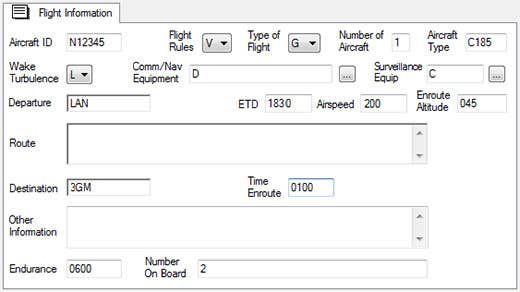FAA Transitions To ICAO Flight Plans
The FAA is now requiring all pilots filing flight plans to use of the International Civil Aviation Organization (ICAO) flight plan format. The transition, which the agency first planed for…

Image: FAA
The FAA is now requiring all pilots filing flight plans to use of the International Civil Aviation Organization (ICAO) flight plan format. The transition, which the agency first planed for October 2015, went into effect on Tuesday. According to the FAA, using the ICAO form (PDF) will allow for a greater variety of entry types in departure and destination fields including Special Flight Rules Area (SFRA) flight plans, transmission of the supplemental pilot data field to the destination facility with the VFR flight plan to reduce search and rescue response times, integration of Performance Based Navigation (PBN), and use of more detailed equipment codes to better identify aircraft capabilities.
“The change is part of an effort to modernize and streamline flight planning and supports the FAA’s NextGen initiatives,” the FAA said in a notice. “Benefits of the international form make it easier and more intuitive for pilots to use and will increase safety.”
Use of the international form is required for both IFR and VFR flight plans. To assist with the transition, the FAA has released guidance for using the ICAO format (PDF) and Leidos Flight Service (1800wxbrief) has published a video –shown below – on “helpful hints” for filing.






